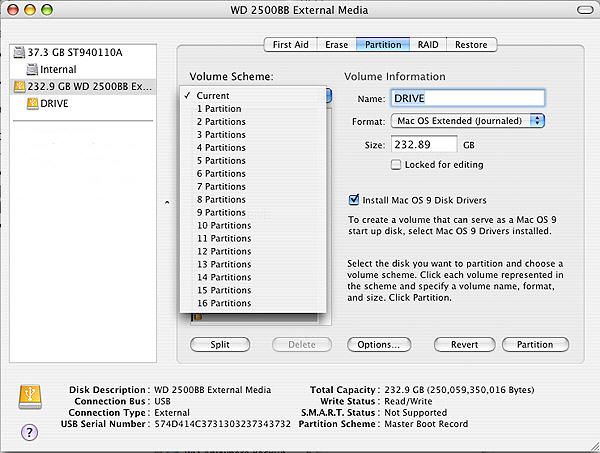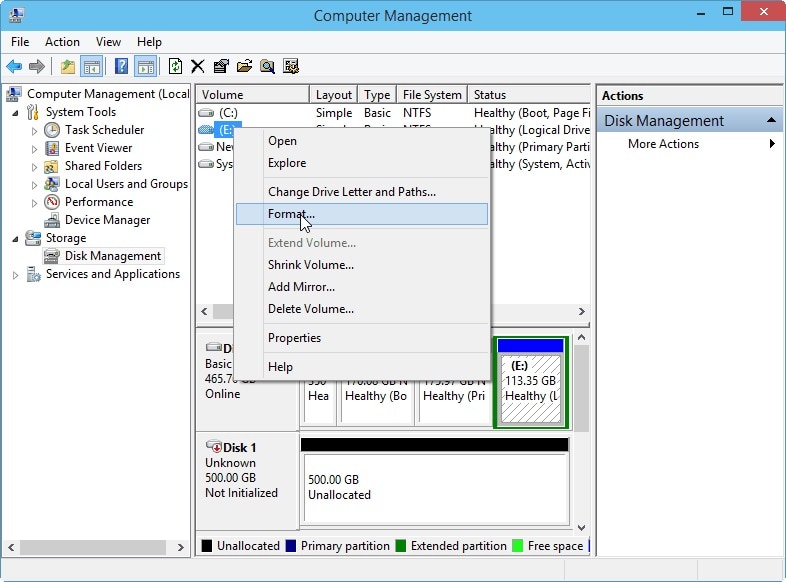

So, it doesn’t matter if you want a clean slate on a second-hand MacBook or if you replaced the drive in your age-old machine, we’ve got you covered. In this article, we’ve given detailed instructions for each method.

Fortunately, there are also several ways to do it, ranging from Internet recovery to installation discs. Encryption can help protect your information if the drive ever falls into malicious hands.There are several reasons you might need to install a new copy of macOS or OS X on the hard drive in your Mac or MacBook. Click “Use Disk” if you don’t plan to encrypt the drive, and if you do - click the “Encrypt” option in the lower left and enter a password of your choice when it asks. It should be named whatever you named the drive in Step 4. Select the drive you erased from the list of choices. Click Time Machine from the options - if you don’t see the option you can click the Back arrow in the upper left or the series of boxes in the upper left, then select Time Machine. Next click the Apple Menu in the upper left and select “System Preferences” After the drive erases you can close the Disk Utility window.

Click the Erase option near the upper right of the window, give the drive a name like “Backup” and then choose APFS as the format, and GUID Partition Map as the Scheme.

Select the Drive you want to erase on the left side under the headline “External.” In the case of the Samsung T7 portable SSD drive you can choose the option that reads “Samsung PSSD T7 Media” at the top of the list of External. Click the View menu at the top of the screen and select “Show All Devices” or look in the screenshot below for this icon and click it, then select the same option. Once you’ve found it you can press the return key on your keyboard or double click on Disk Utility from the list of results.


 0 kommentar(er)
0 kommentar(er)
